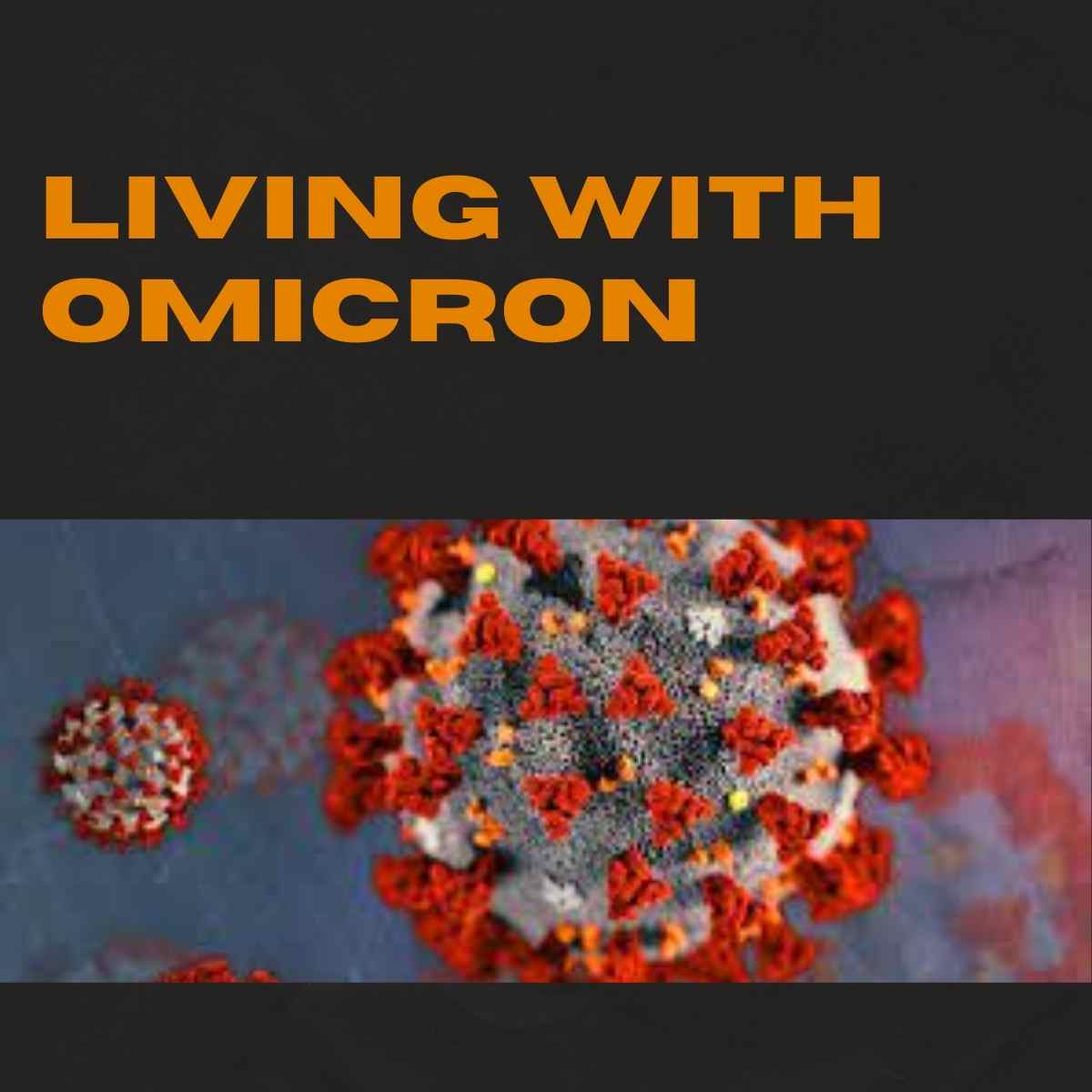On Living with Omicron – Resources & Strategies
Please click here to read the full FTC Affiliate Disclosure policy.
- January 8, 2022 @ 20:04 pm EST
- comments

Just when we thought we were sort of done, we get yanked back in. To make things worse, things are a lot more complicated and the messaging, which needs to be stellar, is just plain incompetent. Though I have not done bench research for a decade now, my training as a scientist has proven invaluable in helping me weather this pandemic, to work through the jumbles of information to quickly see the big picture.
Here are resources I have found really useful:
To best understand the rapidly evolving situation, I highly recommend following Your Local Epidemiologist. Epidemiology is the branch of science that deals with the incidence, distribution, and possible control of diseases, so someone with her training is the best qualified to talk about this situation. You should not be allowing random isolated articles you come across, or the opinions of unqualified bloggers or YouTubers with no technical qualifications to fall back on. We should be listening to the CDC, but since the CDC is not good at communicating the data, listen to an epidemiologist, and specifically, this one. She does a fantastic job of breaking down the mountains of data to produce a clear, concise, and yet nuanced picture.
Masks: In the past, when N95s were scarce, fabric masks were recommended. Most fabric masks will fail to protect from Omicron. I had recommended the 6-layer Shero masks in the past, and with their 6-layers (which includes a copper-impregnated layer and zinc-oxide layer), they are much better than the average cloth mask and will reduce viral load to an extent, but by what extent has always remained unknown and untested. So now, as per evolving guidance, I’m turning to KF94s or N95s. One valuable resource to figure out which masks to use is Aaron Collins, a mechanical engineer with a background in aerosol science.
He has produced a rather concise resource of which kid’s masks work. From his list, I strongly recommend buying something with adjustable ear loops. Based on that criterion, I really like the Bluna kids masks from this list, but they are back-ordered till much later in Jan at present, but still worth a buy. I borrowed Bluna masks from my friends to try. I found the adult mask comfortable, and while my child was initially reluctant to wear the Bluna (she has only liked the Shero), she has at least been persuaded to wear the Bluna. Other kids in my daughter’s school wear the Bluna masks with ease.
If you need KF94 masks to buy immediately, most of the options Aaron Collins lists are sold out/backrordered till March – the only one that was immediately available were the Posh KF94s (same boat design as the Bluna with the adjustable ear loops) – you can directly buy from the site – see kid’s masks here and adult masks here. They apparently ship your order within 3 business days and it’ll get here UPS ground or USPS priority. I ordered on Friday, and I’m still waiting for the shipping confirmation.
On Vaccinations: Let’s come back to vaccinations. I’m vaccinated and boosted. If you need data to figure out which booster to take, YLE has a great post on this. I got the Pfizer vaccine and took the Moderna booster, based on the data.
All the data points to vaccination still protecting from hospitalization and death; even if neutralizing antibodies are no longer in the picture in only vaccinated but not boosted individuals, T-cell immunity is still there and protects you from hospitalization. Taking a booster brings neutralizing antibodies back into play and reduces your risk of getting infected by around 75%. It will not protect 100% of the population, but NO vaccine does. We need to stop relying on anecdotal evidence about how someone was vaccinated and boosted and still managed to test positive, and instead, objectively look at the big picture.
The booster reduces your chance of getting infected – one study puts it at about 75% protection from infection.
Even if you are in the roughly 25% of the population that the booster does not protect from infection, chances are, it may reduce your symptoms, your recovery time, the amount of time it takes you to produce a negative test. Aren’t we all sick of letting this virus derail our lives, of preventing us from going to work or school? The BEST protection from that is still vaccination.
In addition to being vaccinated and boosted, wearing good masks, being vitamin D replete, I do yet another thing that MAY form yet another not-100%-effective-but-still-present layer of protection against omicron – using a monolaurin gel intranasally and also taking it orally. Monolaurin, derived from coconut oil, kills all enveloped viruses by disrupting the viral envelope. Regardless of variant, the mechanism of action remains unchanged. Based on the mechanism of action, it is highly likely that using a monolaurin gel intranasally reduces the viral load our body needs to fight off to keep an infection from establishing. The problem is, this has just not been studied further, so no claim can be made, but there are a few tantalizing tendrils of data suggesting that monolaurin may be protective. Since it’s cheap and safe, I’ve added it to my arsenal. I’ve provided the monolaurin gel recipe and the studies I refer to in this blog. It is my opinion that it probably offers some protection against infection, and if an infection does manage to get established, it probably reduces the amount of time taken to recover from it, and potentially reduces how infectious you are. Good enough for me.















